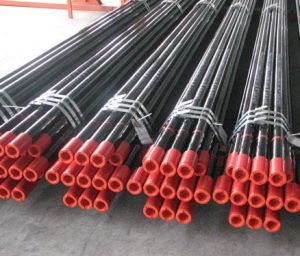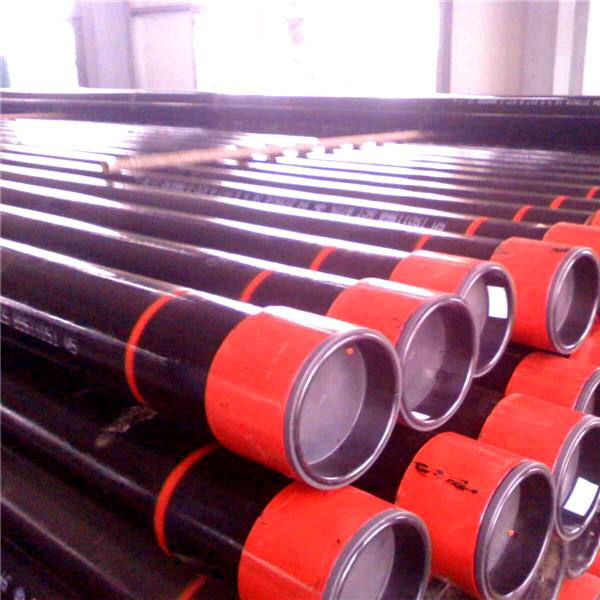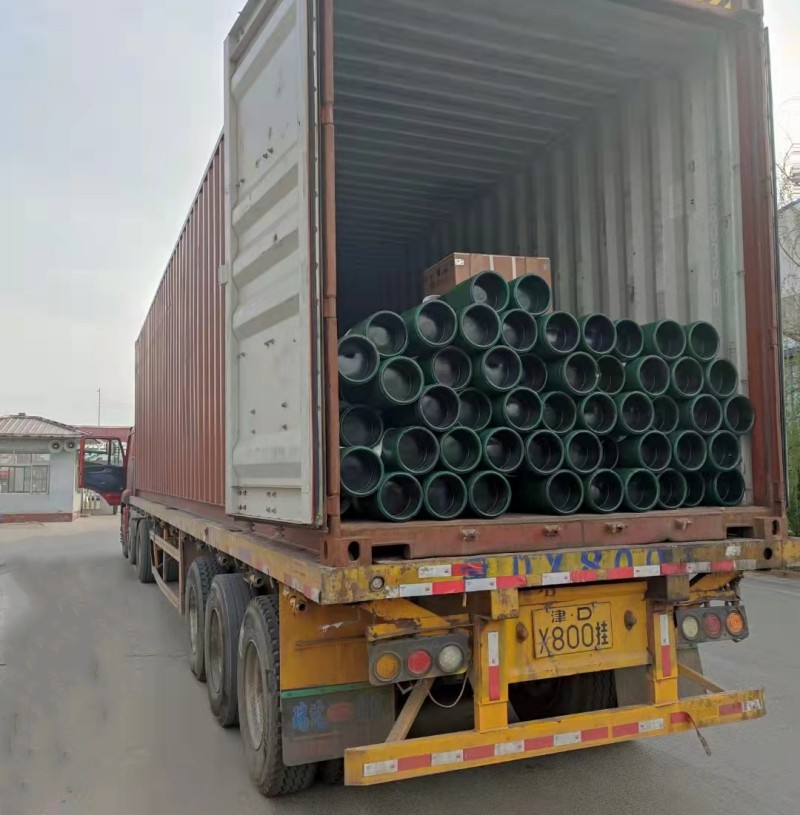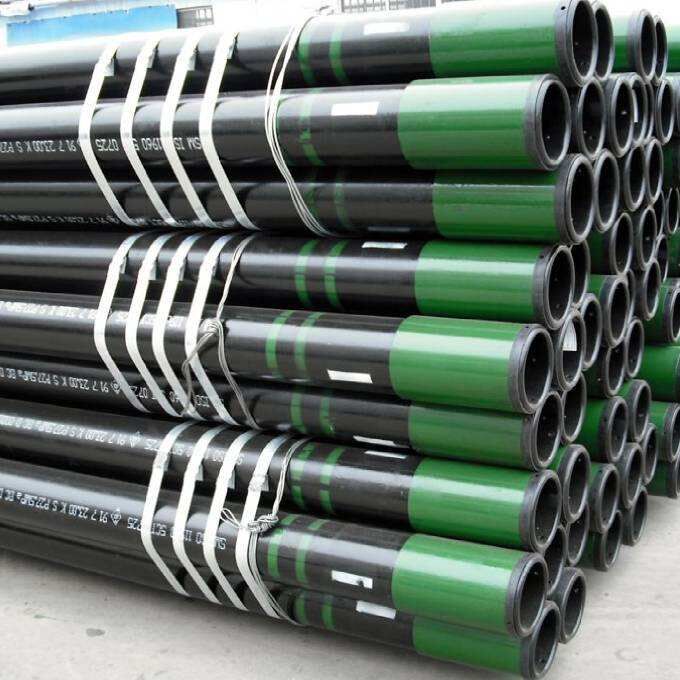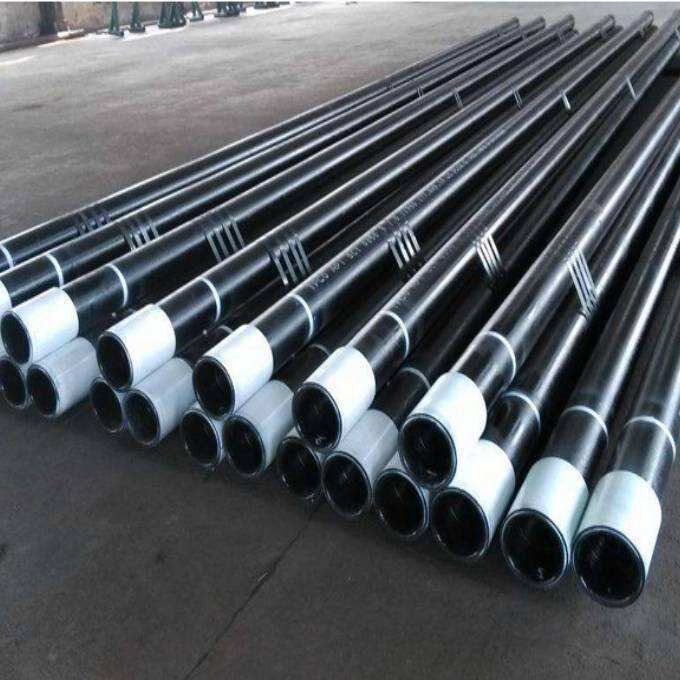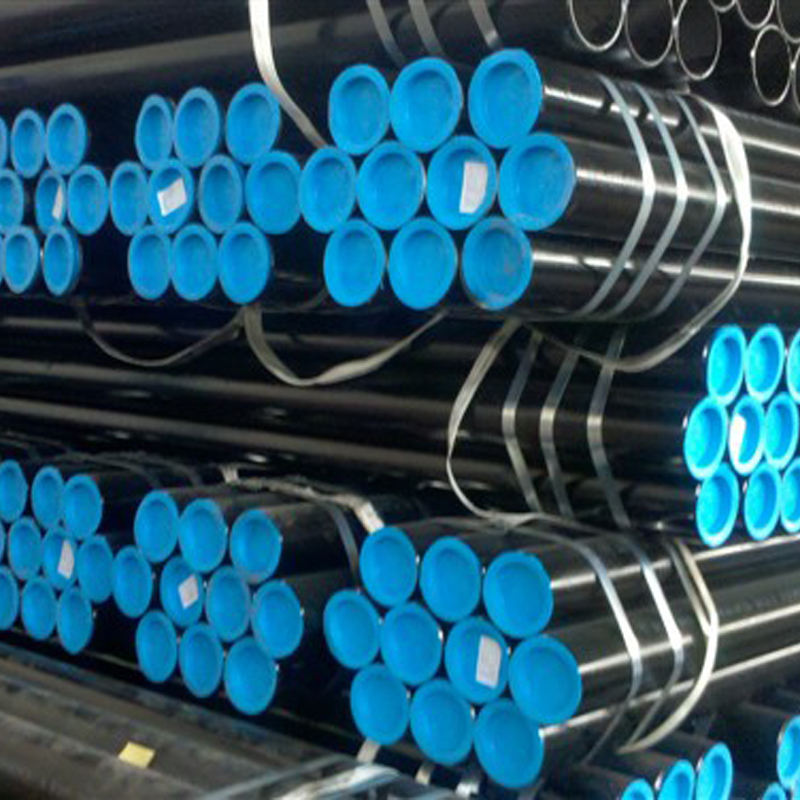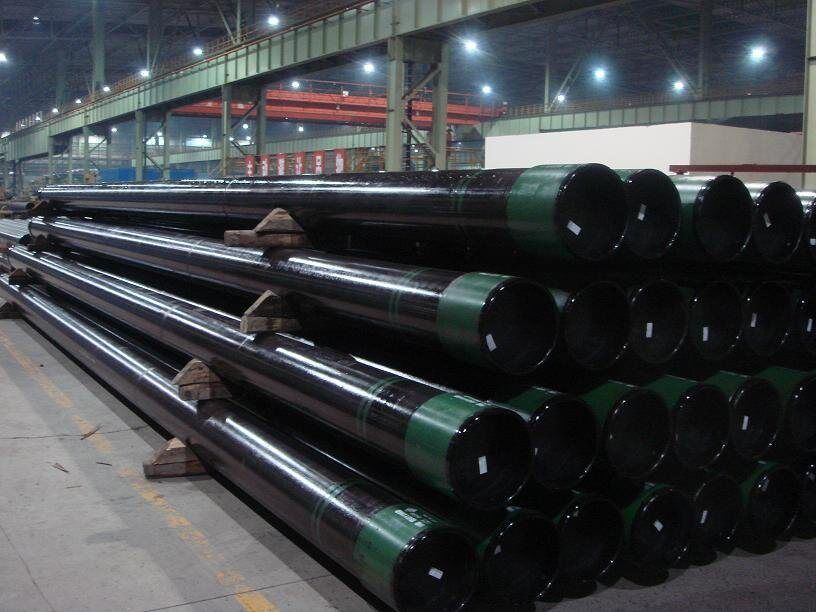1. Low MOQ and Flexible Production Ability.
2. Quick delivery and standard industry exporting package.
3. Best service with 24 hour`s reply
4.Support payment with T/T,L/C , paypal, 100% LC ,etc.
5. OEM and ODM, welcome customers to visit our factory for better understanding;
6. Approved by ISO9001, CE, third party inspection such as SGS BV is welcomed;
7. Our factory provide steel products with competitive price and reliable quality ;
8. Value friendship and trustworthy, devote to provide long-term service to our distinguished customers.
ASTM A53 pipe which are usually constructed of carbon steel or low alloy steel, are less costly to manufacture than tubing in most cases. In order to determine how much product can flow through the pipe, the interior diameter of the pipe is the most important measurement. Pressure rating, yield strength, and ductility are all important characteristics to consider.
Application and Usage of ASTM A53 Pipe:
1) ASTM A53 pipes are utilized in a variety of applications, including commodities processing, maritime applications, and oil and gas transportation of gas and liquid.
2) A wide range of diameters and grades are available, allowing ASTM A53 pipe to be utilized in a variety of different structural applications as well as for a variety of various structural functions. Columns, bollards, sign poles, structural supports, and piling are just a few of the applications for a structural pipe that are common.
3) ASTM A53 metallic conduit pipes are durable steel-based enclosures that are used to route individual electrical wiring conductors throughout a building or structure while protecting the wires from impact, moisture, and chemical vapors. Conduit pipes and electrical metallic tubing (EMT) are also known as EMT.
4) ASTM A53 conveyor roller pipes are able to be machined and processed into conveyor rollers. Conveyor roller pipes are components of a conveyor belt that are used to transport products or loose bulk materials such as coal, sand, or iron ore. Conveyor roller pipes are an integral feature of this system and are required for conveyance to be possible.





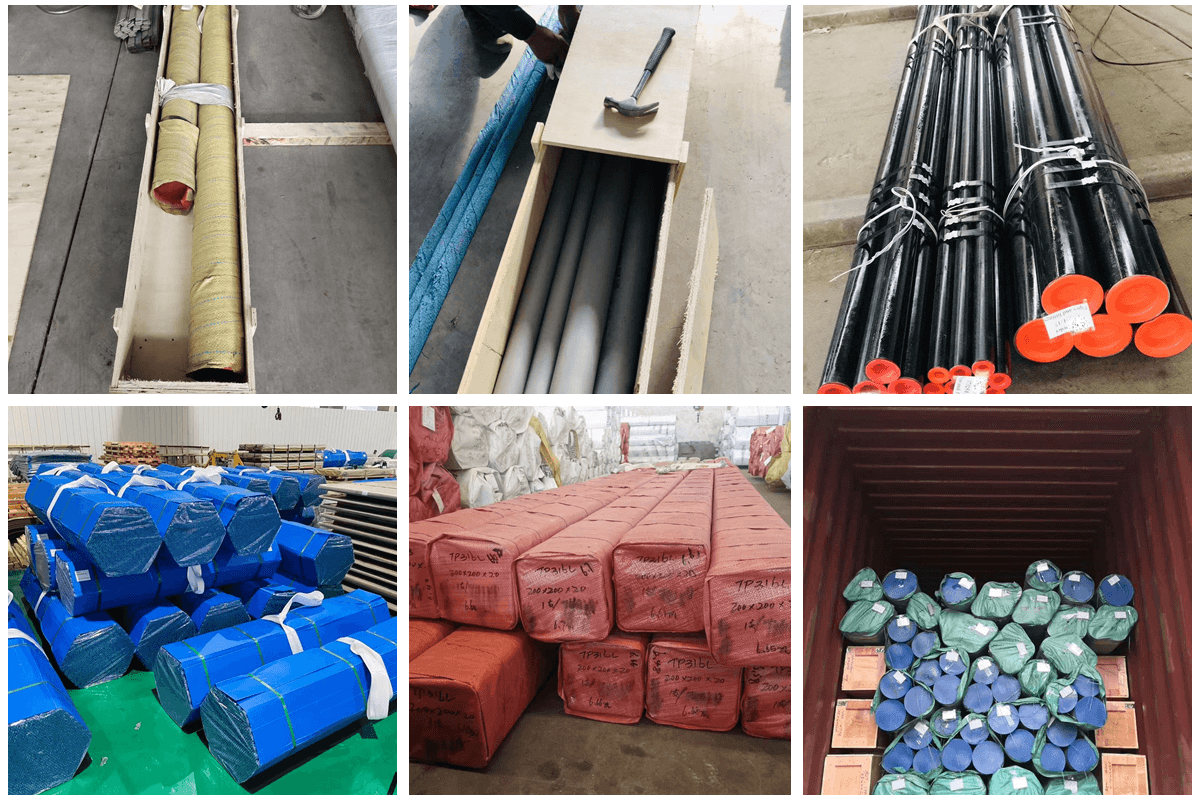
Types of ASTM A53 Pipes:
ASTM A53 Type F – Furnace-butt welded continuous Welded Pipe
The Type F Grade A pipe is produced from a continuous coil, and the longitudinal junction is welded by forge welding. Sets of rollers are employed in this procedure to apply mechanical pressure to the heated ends of the coil.
ASTM A53 Type E – Electric Resistance Welded Pipe
Type E Garde A and Garde B pipes are composed of the continuous coil, and the longitudinal junction is welded by heat generated by electric resistance between the pipe’s opposite ends. A set of rollers is also employed in this operation to unite heated ends. After welding, the weld seam of Grade pipes is heat-treated to a minimum of 540°C.
ASTM A53 Type S – Seamless Pipe
The extrusion process is used to create Type S pipes.
The raw steel needed to make pipes is generated using an open-hearth furnace, an electric furnace, or a basic-oxygen process.
Dimensions And Wall Thicknesses of ASTM A53 Pipe:
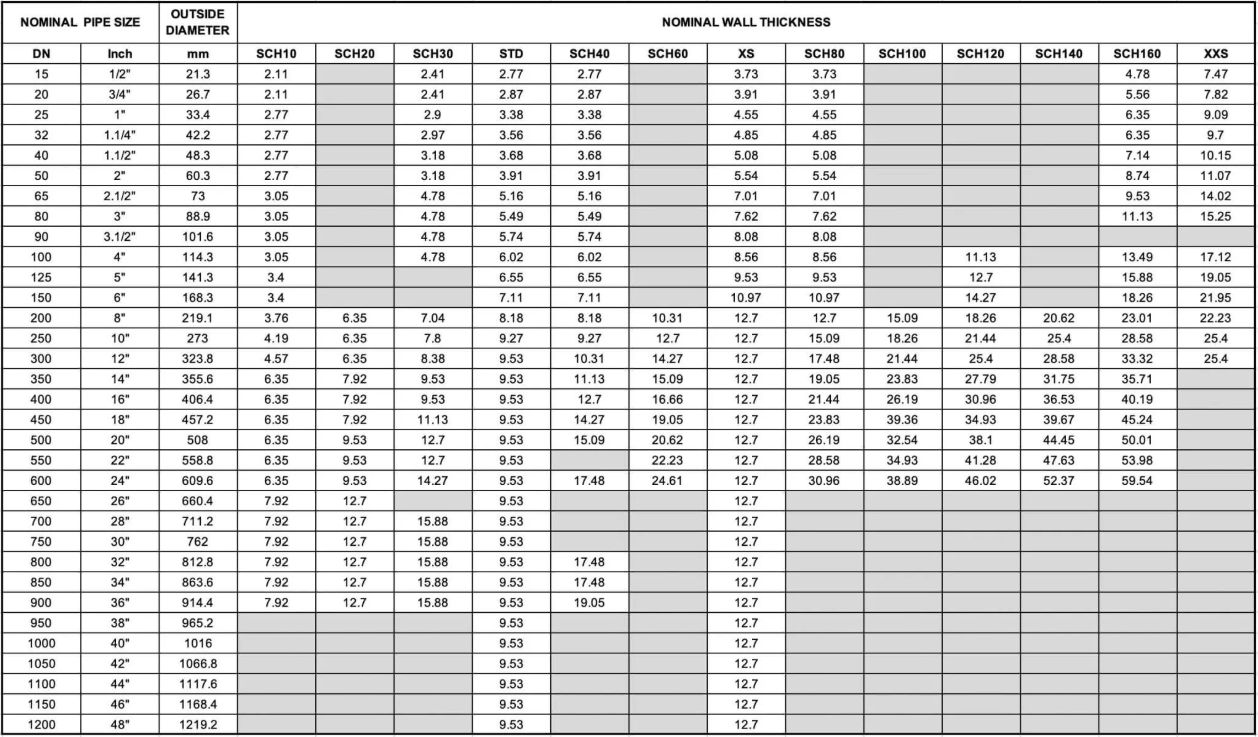
ASTM A53 Pipe Chemical Component:
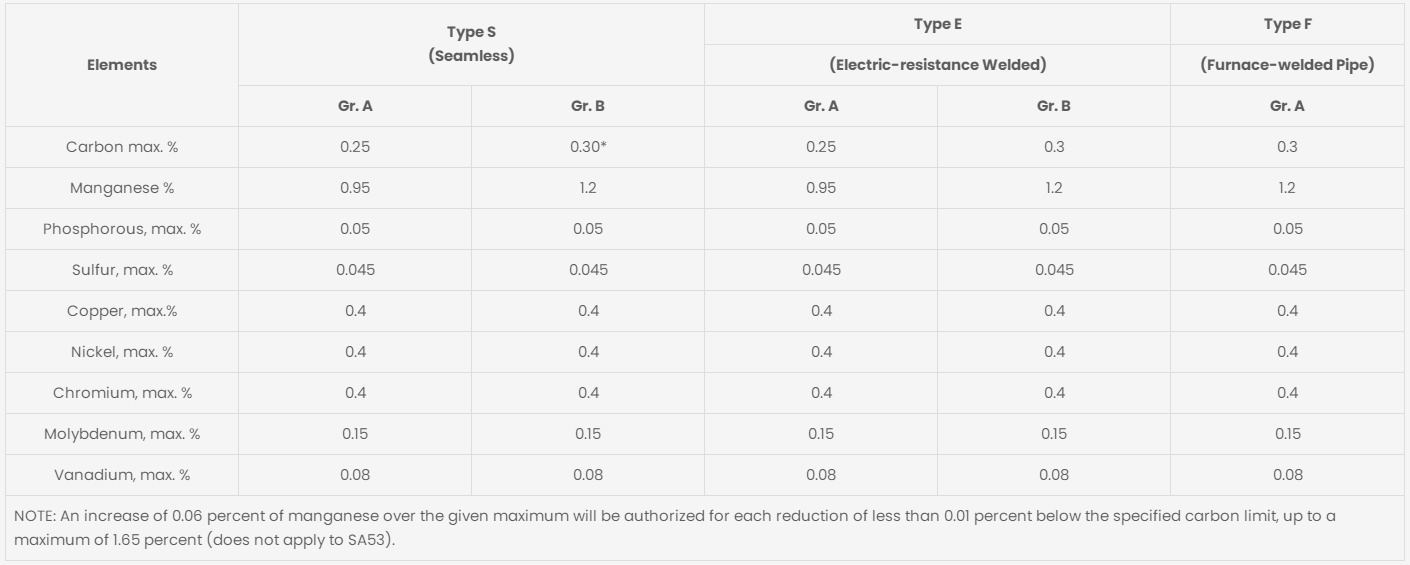
Mechanical Properties of ASTM A53 Pipe:

Get A Free Quote
Related Products
Get A Free Quote

